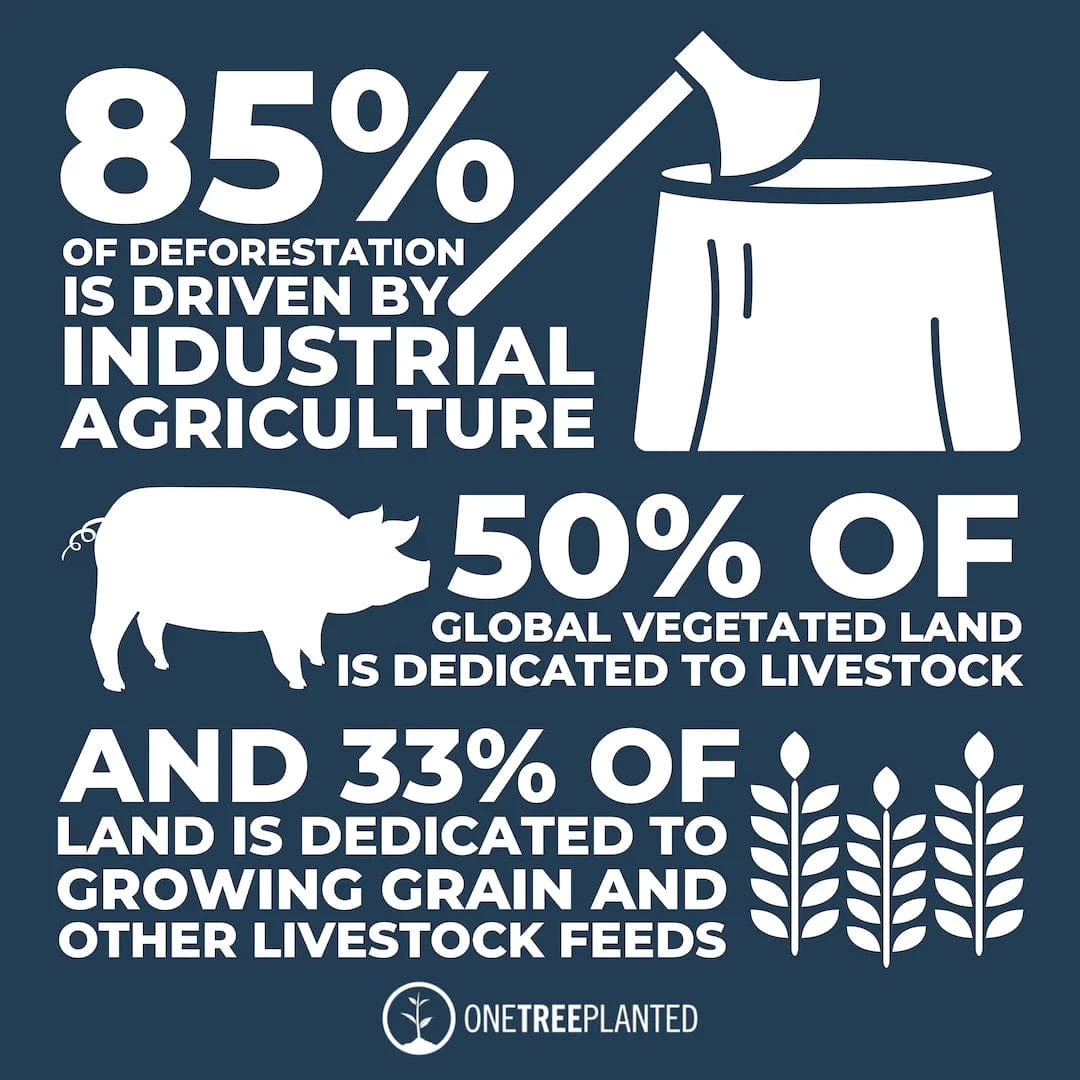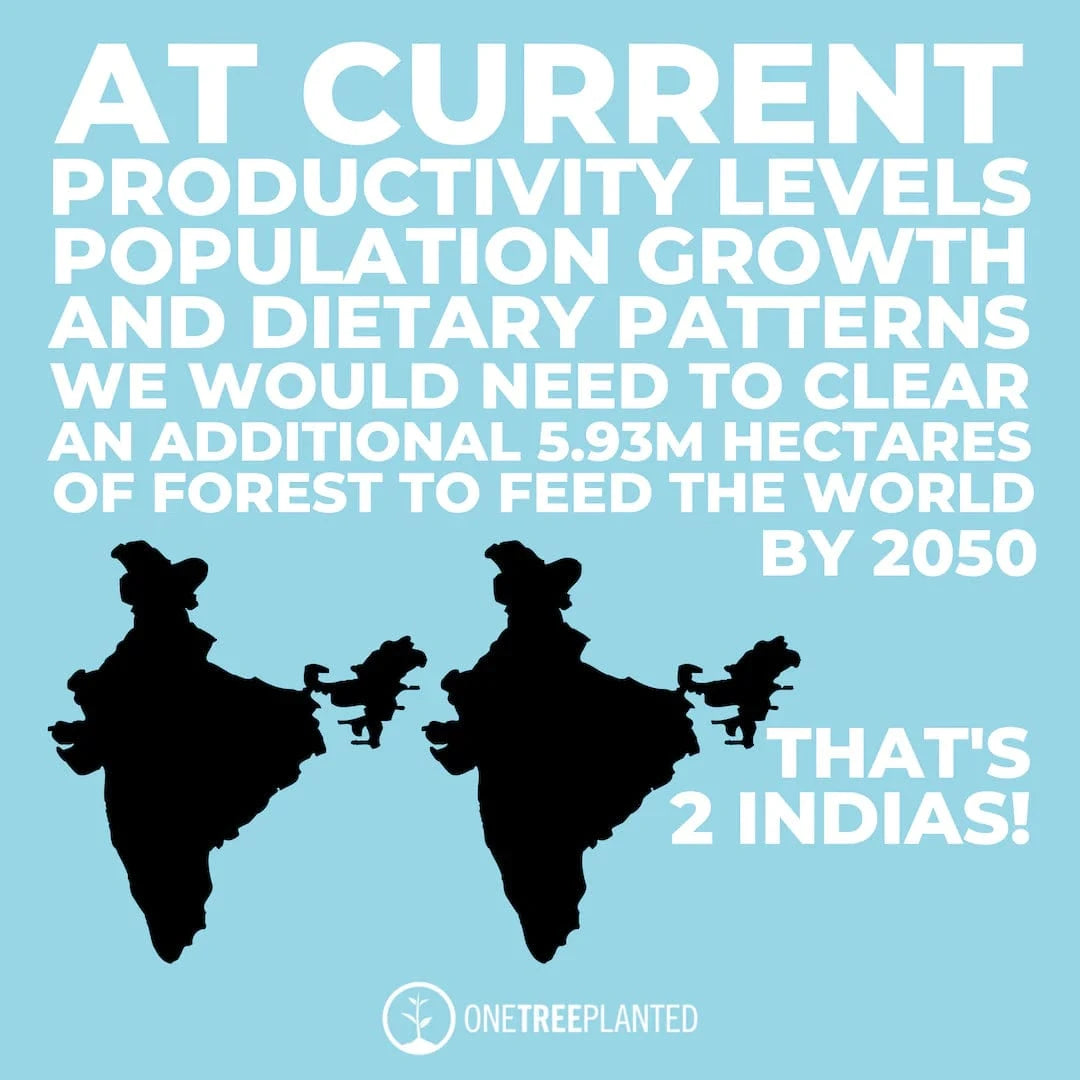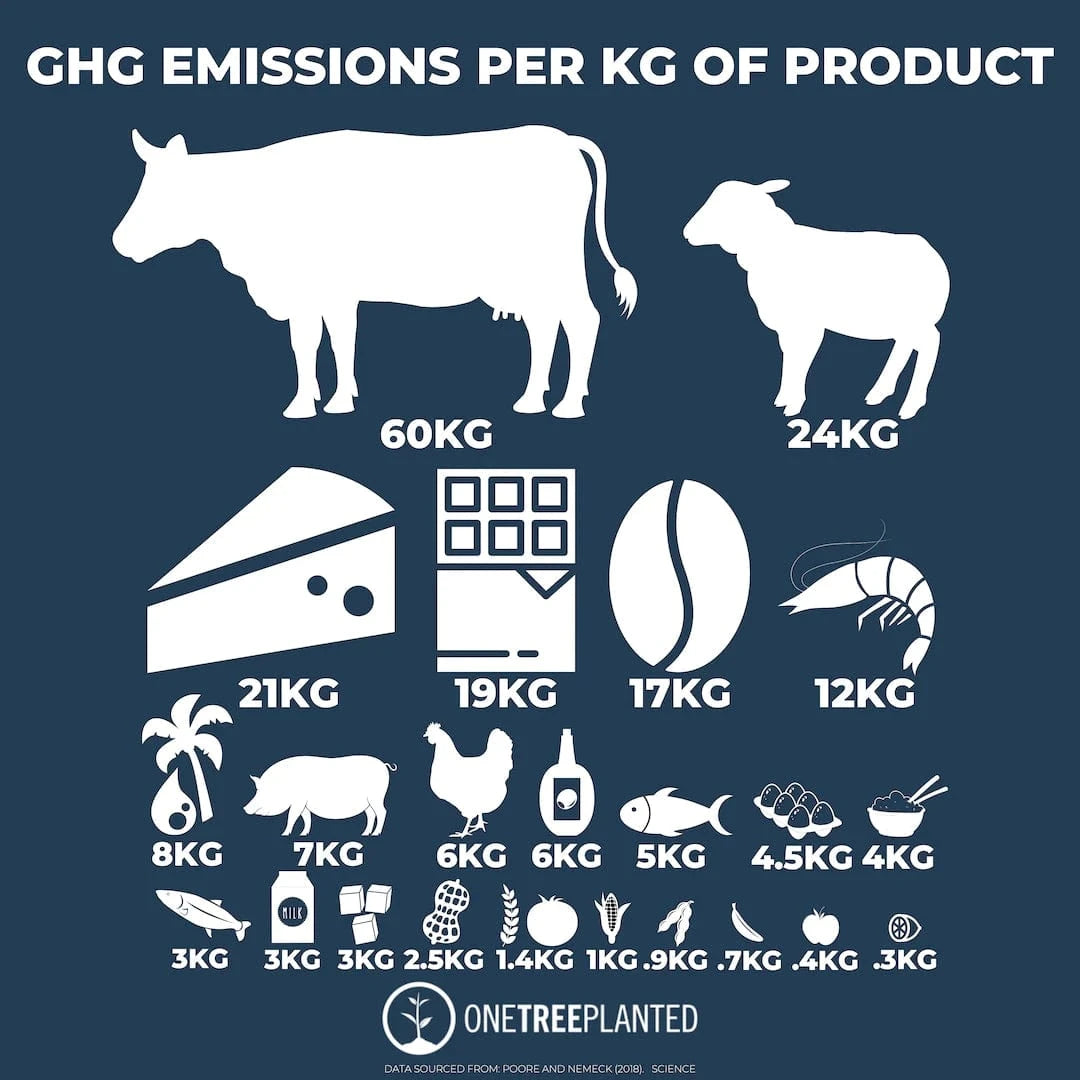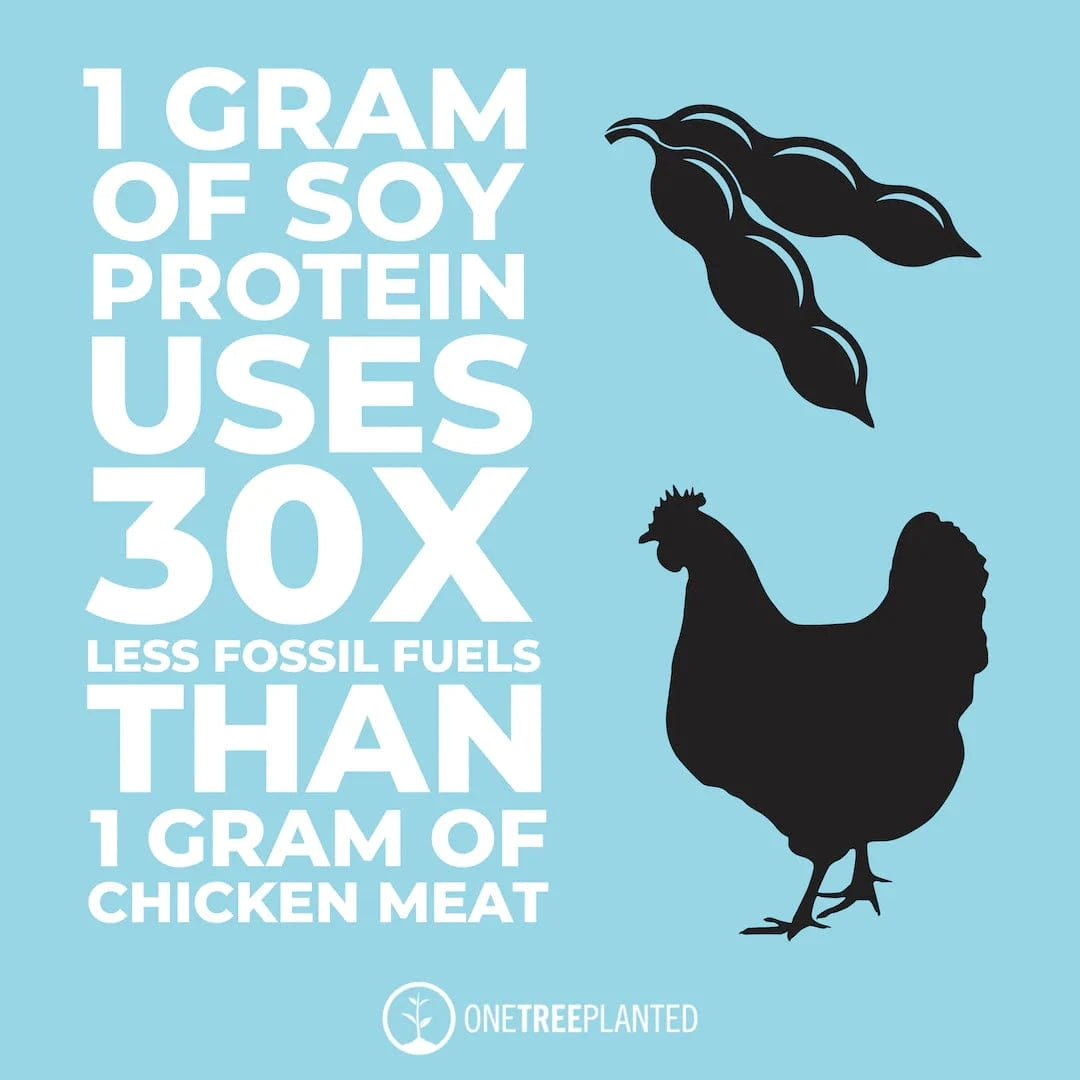Plant Trees

Happy Earth Month! Be the Change: Plant trees
About
Stay up to date on major announcements, exciting collaborations, and more.Visit our Newsroom
We make it simple for anyone to plant trees, and together we can make an incredible impact. Learn more

Stay up to date on major announcements, exciting collaborations, and more.Visit our Newsroom

We make it simple for anyone to plant trees, and together we can make an incredible impact. Learn more
Get Involved
Become a business partner to improve your company’s sustainability initiatives and make an impact. Learn more
See how your support and leadership can help us fund reforestation efforts across the globe. Learn more

Become a business partner to improve your company’s sustainability initiatives and make an impact. Learn more

See how your support and leadership can help us fund reforestation efforts across the globe. Learn more
Learn
Read about stories from the field, interesting facts about trees and get your healthy dose of nature. Visit our blog
Comprised of lesson plans, learning modules, resources, and activities, our T.R.E.E.S. School Program is the perfect addition to your curriculum. Learn more

Read about stories from the field, interesting facts about trees and get your healthy dose of nature. Visit our blog

Comprised of lesson plans, learning modules, resources, and activities, our T.R.E.E.S. School Program is the perfect addition to your curriculum. Learn more
Shop
Our fan-favorite Reforestation T-Shirt. Wear it with pride to show your support of reforesting our planet, one tree at a time. Shop now
Give the gift that lasts a lifetime! Choose an image, write your personalized message and select a delivery date to gift a tree. Gift a tree

Our fan-favorite Reforestation T-Shirt. Wear it with pride to show your support of reforesting our planet, one tree at a time. Shop now

Give the gift that lasts a lifetime! Choose an image, write your personalized message and select a delivery date to gift a tree. Gift a tree
Get Involved
Plant Trees
Get news, updates, & event Info delivered right to your inbox:
How Will Agriculture and Climate Change Impact Food Security?
As we head into UN Year of Fruits and Vegetables, it’s worth taking a close look at how agriculture and climate change impact each other — and what we can do about it. We know the greenhouse gases that drive the most warming are carbon dioxide (CO2), methane (CH4), and nitrous oxide (N2O) — and that they're all emitted by agriculture.
And in their most recent U.S. Agriculture and Forestry Greenhouse Gas Inventory, the USDA found that in the US alone, the agricultural sector accounted for 698 million metric tons of CO2 equivalent emissions (or 10.5% of our greenhouse gas emissions) in 2018. Globally, that percentage is even higher, with the World Resources Institute (WRI) estimating that industrial agriculture practices account for a cumulative 25% of greenhouse gas emissions year over year.
The science is clear: the foods we eat are inextricably linked to the climate crisis, and to avoid experiencing the worst impacts of climate change, we must reduce our greenhouse gas emissions from the food and agriculture sectors — and we must do it soon.

Climate Change and Animal Agriculture: How They’re Connected
We’re sure you’ve heard that cows produce methane, and while the average meat carbon footprint can be substantial, there’s actually a lot more to it than that. Meat producers clear vast swaths of forest (sometimes by starting forest fires) to graze their livestock, and give them specialized feed to beef them up (no pun intended) for the market — in fact, 80% of all soybeans grown go directly into feed for cattle, poultry, pigs, and farmed fish.
Given this, the World Resources Institute found that if current dietary patterns continue without any increase in productivity, an additional 593 million hectares (or 2 Indias) would be needed to feed the anticipated population of 9.8 billion people by 2050. In other words, most of the world’s remaining forests would need to be cleared to feed the world.

While the average vegan diet is responsible for less than half of the GHGs than the average omnivorous one is, going vegan isn't necessarily a silver bullet solution for climate change. In the EU, most of the soy that people consume is grown in South America — and is therefore directly responsible for a percentage of Amazon deforestation. In the US, most of the soy consumed is grown domestically, and that has its own set of problems.
Broadly speaking, it isn’t necessarily about what diet we adopt, but what kind of agricultural practices we inherently support.
How Agriculture Affects Climate Change
- Degrades soilsby planting monocultures, relying on synthetic fertilizer, and tilling fields regularly
- Reduces diversityby transforming landscapes from biodiverse ecosystems to monocultural fields
- Pollutes the landby relying heavily on fertilizers and pesticides.

Effects of Climate Change on Agriculture
Our existing agricultural practices place a tremendous burden on nature, leaving a farmers highly susceptible to climate change impacts such as:
- Changing precipitation patterns
- Changing temperature patterns
- Extreme weather events like floods and droughts
- Reduced crop and livestock viability
- Proliferation of pests, pathogens, and migrating weeds that handily outcompete native crops
As a result, farmers — who are on the frontlines of climate change — will increasingly face grueling and potentially unsafe conditions, accelerated crop failures and livestock losses, threatened livelihoods as profits are lost and farms fail, reduced water supplies, and more.
And as they say, No Farms, No Food: while farms struggle to keep the lights on, consumers will feel the effects of a destabilizing food supply — like higher prices and decreased food security. This ripple effect will extend beyond our dinner plates, though, affecting national and international markets for fiber, bioenergy, and other farmed products.

How We Can Transform the Food System
Farmers are the lifeblood of any nation, and supporting them, food workers, and rural economies to adapt their practices and increase resilience is important for more than just climate change mitigation. The good news is that there are plenty of science-backed solutions and we can work with farmers to transform our agricultural system, reduce greenhouse gas emissions, sequester carbon, support biodiversity, rebuild our soils, and more. These include:
- Building healthy, “spongy” soilsthat capture and store water and carbon through practices like planting cover crops and deep-rooted perennials
- Helping farmersincrease their resilience and transform farms into diverse agro-ecosystems by planting native trees and plants where appropriate
- Selecting and developing crop varieties and livestock breeds that are more resilient to variable climate conditions
- Reducing food waste (if food waste were a country, it would be the third largest emitter of greenhouse gases after the U.S. and China)
- Phasing out damaging pesticidesand fertilizers by integrating sustainable farming practices
- Supporting women's farmingcooperatives — study after study has shown that investing in women benefits the entire community
- Reducing our consumption of factory farmed meatand supporting local, pasture-raised meat producers
- Supporting sustainable agroforestry projects around the world, and more!
Transforming our agricultural system is a big task for an already struggling industry, but it’s just as essential to managing the climate crisis as planting trees.
Just as we need to restore forests through an integrated approach of conserving existing ecosystems,restoring degraded ones, and supporting reforestation where we must, we must also take a multi-layered approach to leveling up our food systems to face the challenges of the 21st century. By supporting our farmers as they transition to the integrated, sustainable practices necessary to feed a warming planet, we can accomplish that and so much more.
Want to support an agroforestry projectwe’re passionate about? Plant a tree in India today!
Get news, updates, & event Info delivered right to your inbox:
Meaghan Weeden
Meaghan works to share our story far and wide, manages our blog calendar, coordinates with the team on projects + campaigns, and ensures our brand voice is reflected across channels. With a background in communications and an education in environmental conservation, she is passionate about leveraging her creativity to help the environment!
Related Posts
Planting Trees in Mexico for Monarch Butterfly Habitat
18/04/2024 by Meaghan Weeden
Everything You Need to Know About Photosynthesis
16/04/2024 by Gabrielle Clawson
Among Climate Change Solutions, Where Does Reforestation Fit?
11/04/2024 by Meaghan Weeden
Popular On One Tree Planted
5 Causes of Deforestation
15/02/2024 by Meaghan Weeden
Inspirational Quotes About Trees
23/01/2024 by Meaghan Weeden
How to Reduce Waste: 21 Ideas for Zero Waste Living
16/01/2024 by Meaghan Weeden





